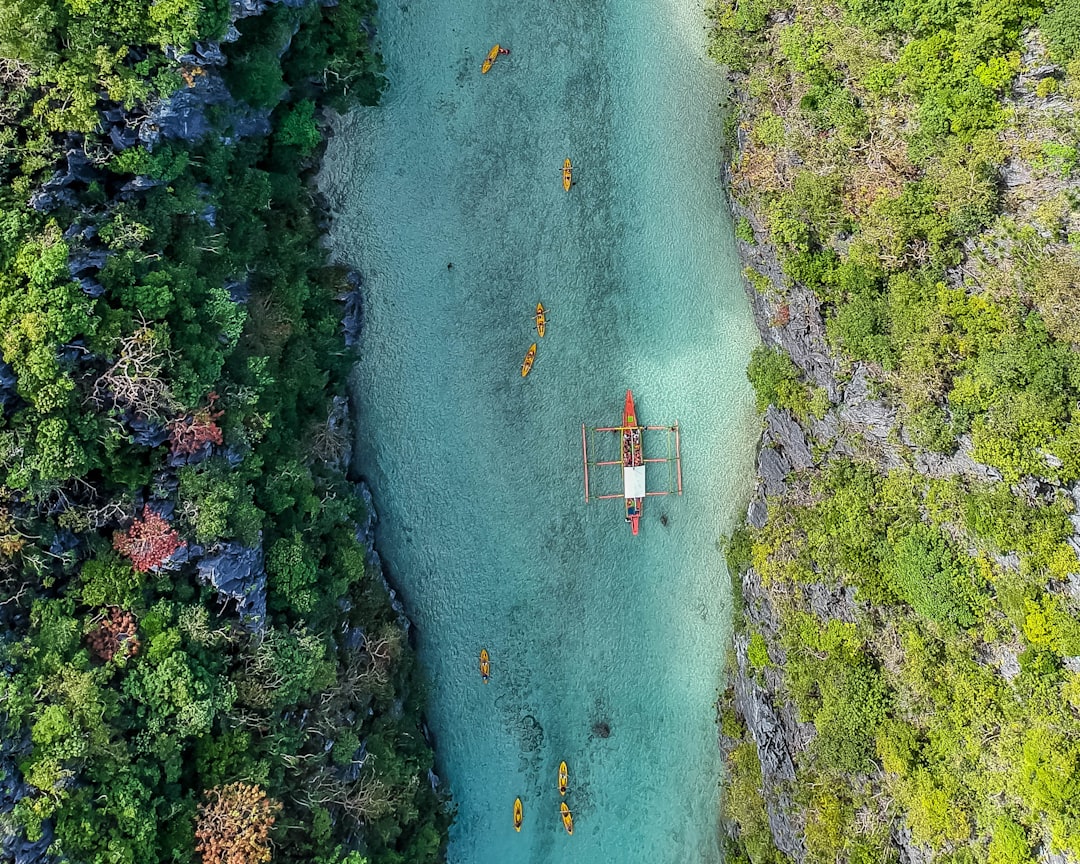No products in the cart.
The Future of Adventure Tourism in the Philippines: A $32.5 Billion Opportunity
The Philippines is on track to transform its adventure tourism sector into a $32.5 billion industry by 2033, driven by sustainable practices and global trends.
The sun rises over the Philippine archipelago, casting golden rays on its pristine beaches and verdant mountains. This tropical paradise, known for its vibrant culture and breathtaking landscapes, is poised for a transformation. The Philippines travel and tourism market is projected to reach a staggering USD 32.50 billion by 2033, growing at a compound annual growth rate (CAGR) of 4.60%.
But what does this mean for the future of adventure tourism in the region? The answer lies in a blend of innovation and sustainability, two powerful forces that are reshaping the travel landscape.

Historically, the Philippines has been a haven for backpackers and thrill-seekers, offering everything from surfing in Siargao to diving in Tubbataha Reefs. However, the pandemic revealed vulnerabilities in the tourism sector, prompting stakeholders to reevaluate and innovate. Local entrepreneurs and international investors alike are now looking at how to harness the natural beauty of the islands while ensuring that tourism benefits local communities and the environment.
One of the most exciting developments is the rise of eco-tourism. Take the example of the Banaue Rice Terraces, often dubbed the “Eighth Wonder of the World.” This UNESCO World Heritage site is not just a breathtaking view; it symbolizes a way of life that’s deeply intertwined with the land. Local guides are now offering immersive experiences that educate visitors about sustainable farming practices and the cultural significance of the terraces. This approach not only preserves the site but also empowers the indigenous community financially.
One of the most exciting developments is the rise of eco-tourism.
But eco-tourism is just the tip of the iceberg. The integration of technology into travel experiences is also revolutionizing the industry. Virtual reality (VR) and augmented reality (AR) are becoming tools for marketing destinations and enhancing experiences. Imagine exploring the vibrant underwater life of Apo Reef through a VR headset before diving into the crystal-clear waters. Such innovations are appealing to a younger demographic that values both adventure and technology.
Moreover, the government is actively supporting this growth through initiatives aimed at improving infrastructure and promoting the Philippines as a top-tier adventure destination. The Department of Tourism is collaborating with local businesses to create sustainable tourism packages that attract international visitors while respecting local cultures and ecosystems.
However, the rise of adventure tourism in the Philippines is not without challenges. Environmental degradation, over-tourism, and the impact of climate change threaten the very landscapes that draw visitors. According to a recent report from the World Wildlife Fund, the Philippines is among the countries most vulnerable to climate change, with rising sea levels and increased typhoon intensity posing significant risks.
This calls for a concerted effort from stakeholders—governments, private sector players, and local communities—to adopt practices that mitigate these risks. For instance, initiatives like the “No Plastic Challenge” in Boracay aim to reduce waste and preserve the island’s natural beauty. Such community-driven efforts can serve as a model for other regions grappling with similar issues.
As we look to the future, the potential for adventure tourism in the Philippines is immense. With the right blend of innovation, sustainability, and community involvement, the archipelago could become a leading destination for travelers seeking authentic and responsible adventures.
For young professionals interested in careers in this burgeoning sector, opportunities abound. From eco-tourism guides to digital marketing specialists focused on tourism, the demand for skilled workers is on the rise. Educational institutions are beginning to offer specialized programs that cater to this growing market, equipping the next generation with the tools needed to thrive.
As we look to the future, the potential for adventure tourism in the Philippines is immense.
The Philippines is at a crossroads, balancing the allure of adventure with the necessity of sustainability. As the market evolves, the choices made today will shape the tourism landscape for years to come. For the adventurous soul, the Philippines offers not just a destination, but a chance to be part of a journey towards a more sustainable future.
In this new era, one thing is clear: adventure awaits, but it is up to all of us to ensure that it is an adventure worth having.











